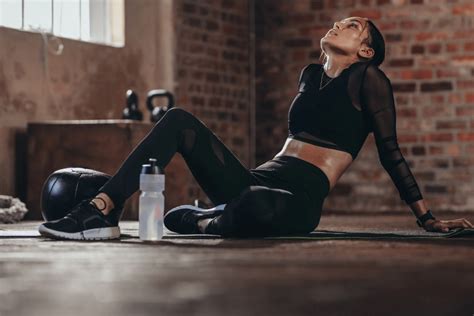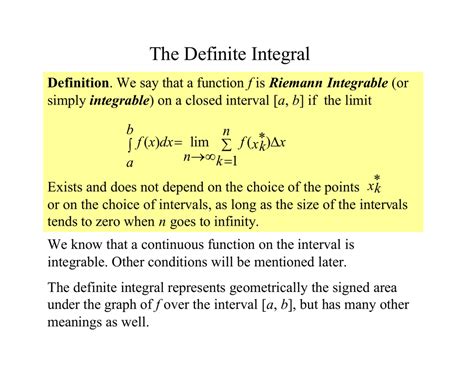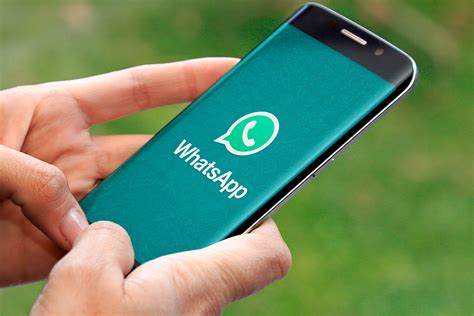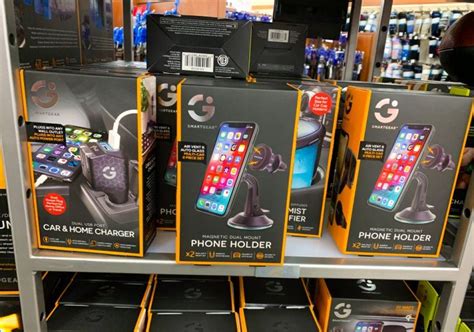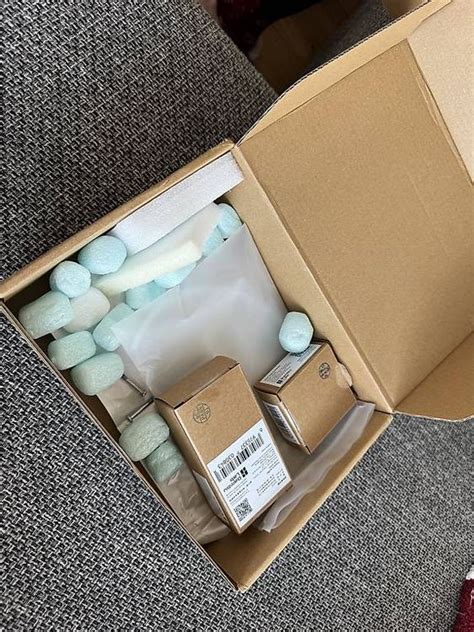Which smart wearable truly optimizes workout recovery for peak athletic performance?
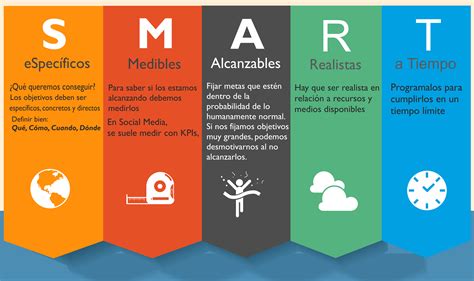
The Crucial Link: Recovery and Peak Performance
For athletes and fitness enthusiasts alike, the pursuit of peak performance often focuses on training intensity and volume. However, the unsung hero in this equation is effective recovery. Without proper rest and recuperation, even the most rigorous training can lead to diminishing returns, increased injury risk, and burnout. This is where smart wearables enter the arena, promising to transform subjective feelings of fatigue into objective, data-driven insights. But with a market flooded with devices, which smart wearable truly excels at optimizing workout recovery?
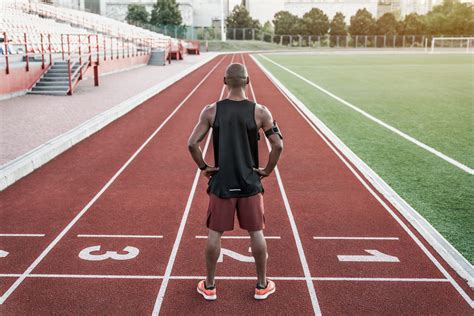
Decoding Recovery: Key Metrics Tracked by Smart Wearables
The best recovery wearables go beyond simple step counts, delving into physiological markers that indicate your body’s readiness for the next challenge. Here are the primary metrics they track:
- Heart Rate Variability (HRV): Perhaps the most significant metric, HRV measures the variation in time between heartbeats. A higher HRV generally indicates a well-recovered, resilient nervous system, while a lower HRV can signal stress, fatigue, or illness.
- Sleep Tracking: Monitoring sleep stages (REM, deep, light), duration, and disturbances provides crucial insights into the quality of your recovery, as deep sleep is vital for physical repair and REM for mental restoration.
- Resting Heart Rate (RHR): A consistent RHR is a good indicator of fitness, but an elevated RHR can suggest accumulated fatigue or illness, signaling a need for more rest.
- Skin Temperature: Changes in skin temperature, especially overnight, can indicate impending illness, overtraining, or the body’s natural recovery processes.
- Activity & Training Load: Understanding your daily activity levels and the intensity of your workouts helps wearables contextualize your recovery needs.
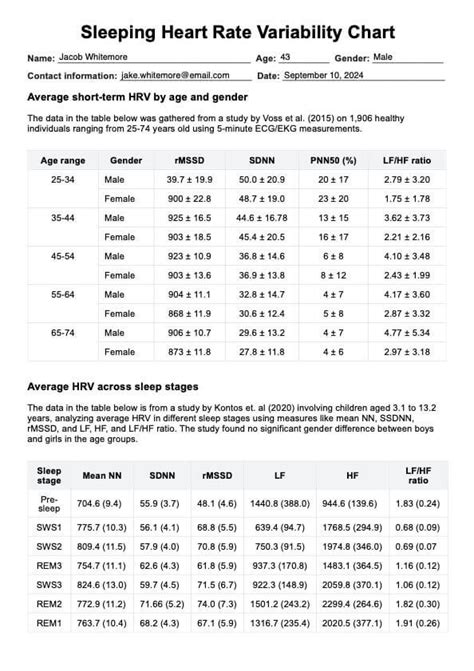
Top Contenders: A Look at Leading Recovery Wearables
While many wearables offer recovery features, a few stand out for their depth of data and actionable insights:
Whoop Strap
Whoop is perhaps the most recovery-focused wearable on the market. It continuously tracks heart rate, HRV, sleep, and skin temperature to provide a daily “Recovery Score.” This score, combined with its “Strain Score” (how much your body was challenged), helps users optimize their training and recovery. Whoop’s strength lies in its ability to offer prescriptive advice, telling you whether you’re primed for peak performance or if you need to prioritize rest.
Oura Ring
The Oura Ring is renowned for its highly accurate sleep tracking and body temperature monitoring, which it uses to provide a daily “Readiness Score.” This discrete ring collects data on RHR, HRV, respiratory rate, and sleep stages. Its insights are particularly valuable for understanding the nuances of your sleep quality and how it impacts your daily readiness.
Garmin & Apple Watch (Advanced Models)
While broader fitness ecosystems, advanced Garmin watches (e.g., Forerunner, Fenix series) and the Apple Watch have significantly improved their recovery capabilities. Garmin’s “Body Battery” and “Training Readiness” features synthesize HRV, sleep, and activity data to give a recovery estimate. The Apple Watch, with its emphasis on heart health and sleep tracking, and a wealth of third-party apps, also offers robust, if sometimes less integrated, recovery insights.
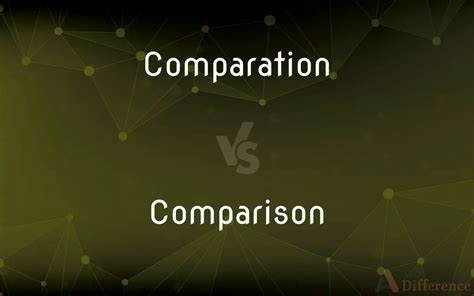
Beyond Data: Translating Metrics into Actionable Recovery
The true value of a recovery wearable isn’t just in presenting data, but in translating that data into practical advice. The best devices offer:
- Personalized Recommendations: Advising on optimal sleep duration, when to push hard, and when to take it easy based on your unique physiological responses.
- Trend Analysis: Helping you understand long-term patterns in your recovery, identifying potential overtraining or areas for improvement (e.g., consistent late nights affecting HRV).
- Lifestyle Guidance: Some wearables can even correlate your daily habits (alcohol consumption, stress levels) with their impact on your recovery metrics.

The Nuance of Niche: Choosing Your Recovery Companion
No single wearable is perfect for everyone. Your choice depends on your specific needs:
- For the Data-Obsessed Athlete: Whoop offers the most comprehensive, recovery-centric ecosystem.
- For Sleep Optimization and Discretion: The Oura Ring excels with its accurate sleep tracking and unobtrusive design.
- For the All-Rounder: Advanced Garmin devices integrate recovery with a broader suite of training metrics.
It’s also crucial to remember that wearables are tools, not ultimate arbiters. They provide valuable data, but listening to your body, maintaining good nutrition, and managing stress remain foundational to optimal recovery.
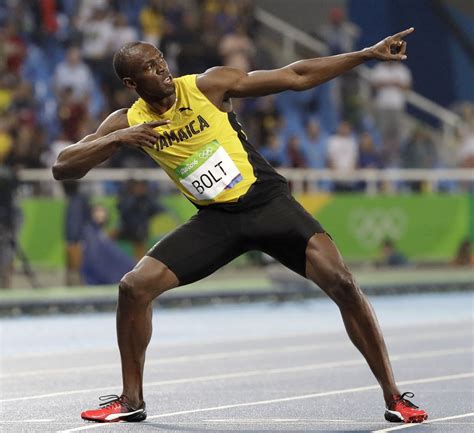
Conclusion: Empowering Your Recovery Journey
The smart wearable that truly optimizes workout recovery is one that provides accurate, personalized, and actionable insights into your physiological state. While devices like Whoop and the Oura Ring lead the charge with their dedicated focus on recovery metrics, the evolving capabilities of broader fitness watches also offer significant value. By leveraging these technologies, athletes can move beyond guesswork, making informed decisions about their training load, rest, and lifestyle, ultimately paving the way for sustained peak athletic performance and a healthier, more balanced approach to fitness.
